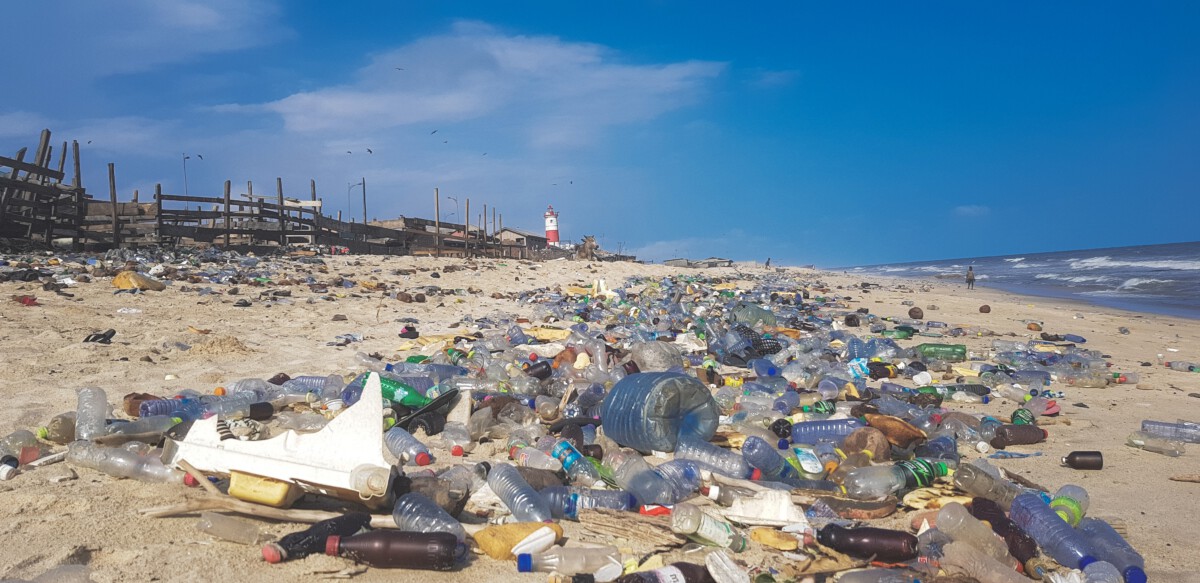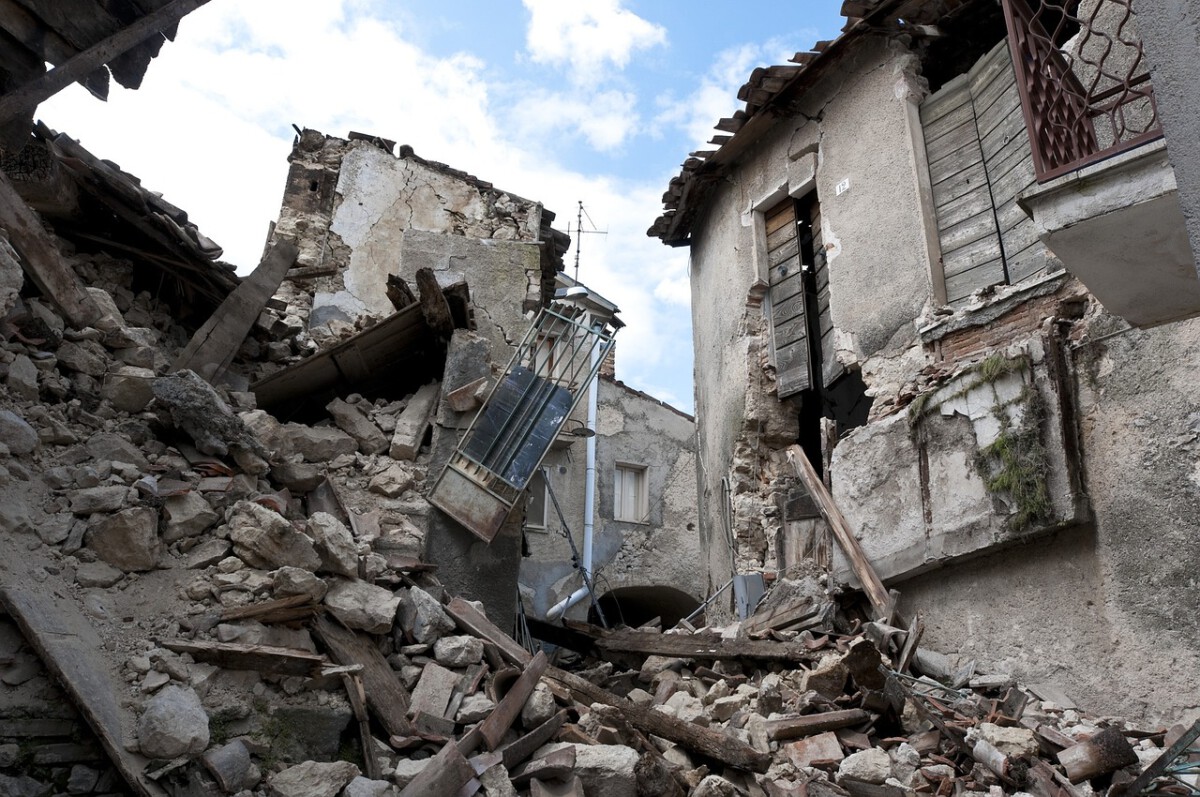Water is a fundamental necessity for life, yet recent studies have revealed a concerning trend: the presence of microplastics in our water bodies. A new study has identified the state with the highest concentration of these tiny pollutants, and the findings are both intriguing and alarming. This article delves into the heart of the research, providing a clear and comprehensive overview of the implications and the steps being taken to address the issue.
Understanding Microplastics: What Are They?

Microplastics are tiny plastic particles, often less than 5 millimeters in size, that have become a pervasive environmental pollutant. They originate from larger plastic debris that breaks down over time, as well as from microbeads used in personal care products. These particles are small enough to evade water filtration systems, making their way into rivers, lakes, and even the ocean. Unlike other pollutants, microplastics do not biodegrade, meaning they persist in the environment for centuries, posing a threat to aquatic life and human health alike.
The Path to the Study: How Did We Get Here?

The journey to uncover the state with the most microplastics in its water began with a series of widespread environmental concerns. Increased plastic production and consumption over the decades have led to significant pollution challenges. Researchers initiated comprehensive surveys across various states to measure microplastic levels. The study involved sampling water from multiple sources, including rivers, lakes, and municipal supplies, and analyzing the samples using advanced detection methods. The goal was to identify regions most affected by this silent pollutant and to understand the broader implications.
The State with the Most Microplastics: A Surprising Discovery

The results of the study pointed to California as the state with the most microplastics in its water. This may come as a surprise to some, given California’s reputation for environmental consciousness. The high levels were attributed to several factors, including its large population, significant industrial activities, and extensive coastline. The dense urban areas contribute to plastic waste, while the coastal geography allows for the accumulation and transport of microplastics in water bodies. This finding highlights a paradox where a state known for its green initiatives faces significant environmental challenges.
Why Microplastics Are a Cause for Concern

Microplastics pose a serious threat to both the environment and human health. These particles can be ingested by aquatic organisms, entering the food chain and potentially affecting biodiversity. Once in the food chain, they can accumulate in larger fish and seafood, ultimately reaching humans. Ingested microplastics have been linked to various health issues, including inflammation and disruption of hormone function. The implications are vast, affecting not just marine life but also the safety and quality of food resources.
Sources of Microplastics: Where Do They Come From?

Understanding the sources of microplastics is crucial in addressing the problem. These particles originate from a variety of sources, including:
– Breakdown of larger plastic waste such as bottles and bags.
– Microbeads from personal care products like face scrubs and toothpaste.
– Synthetic fibers from clothes that shed during washing.
– Industrial processes and runoff from urban areas.
Each source presents unique challenges, and mitigating them requires targeted strategies and policies.
The Impact on Marine Life: A Delicate Balance

Marine ecosystems are particularly vulnerable to microplastic pollution. Fish, birds, and other marine animals often mistake these particles for food. Consuming microplastics can lead to physical harm, such as blockages in the digestive tract, and chemical harm from toxins absorbed by the plastics. This not only affects individual species but also disrupts entire ecosystems, as the balance of predator and prey is altered. The long-term effects could be devastating, leading to declines in marine biodiversity and changes in ecosystem dynamics.
Human Health Risks: What We Need to Know

While the impact of microplastics on human health is still being studied, evidence suggests potential risks. Ingesting microplastics can expose individuals to harmful chemicals used in plastic production, such as phthalates and bisphenol A (BPA). These chemicals can have endocrine-disrupting effects, potentially affecting reproductive health and increasing cancer risks. Additionally, microplastics can carry harmful pathogens, posing further health risks. As research continues, understanding these risks will be crucial in developing safety guidelines and public health policies.
Efforts to Combat Microplastic Pollution

Efforts to address microplastic pollution are underway at both local and global levels. Many states, including California, are implementing stricter regulations on plastic use and waste management. Initiatives include bans on single-use plastics, promoting recycling and reuse, and investing in research and technology to improve filtration systems. Public awareness campaigns are also critical, educating individuals on the importance of reducing plastic consumption and proper disposal methods. These combined efforts aim to reduce the amount of plastic entering the environment and mitigate the impact of existing pollution.
Innovative Solutions: Thinking Outside the Box

Innovation plays a key role in tackling the microplastic problem. Researchers are developing new materials that are biodegradable and less harmful to the environment. Advances in filtration technology are helping to capture microplastics more effectively in wastewater treatment plants. Community-driven projects, such as beach clean-ups and plastic waste recycling programs, are also gaining momentum. These innovative approaches, combined with policy changes, offer hope for reducing microplastic pollution and protecting both the environment and human health.
What Can Individuals Do to Help?

Everyone has a role to play in reducing microplastic pollution. Simple actions can make a significant difference:
– Reduce plastic use by opting for reusable products.
– Support brands that prioritize sustainable practices.
– Participate in local clean-up events.
– Advocate for policies that address plastic pollution.
– Educate others about the impact of microplastics and the importance of reducing waste.
By making conscious choices and encouraging collective action, we can work towards a cleaner, healthier environment for future generations.








